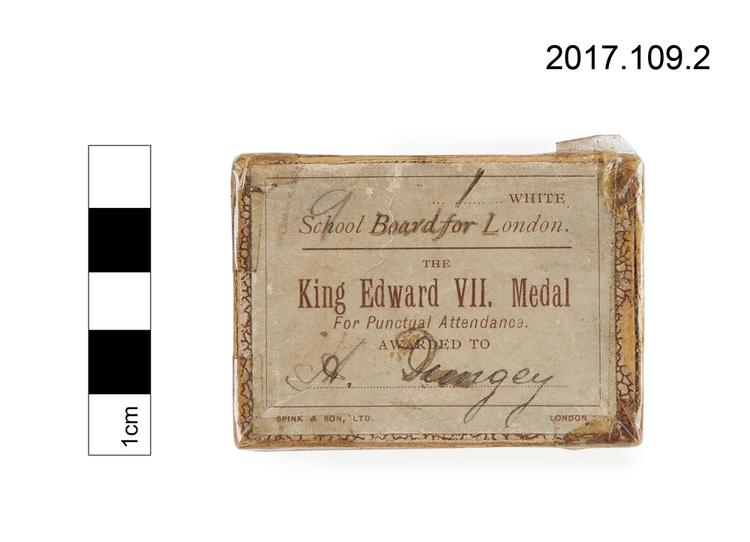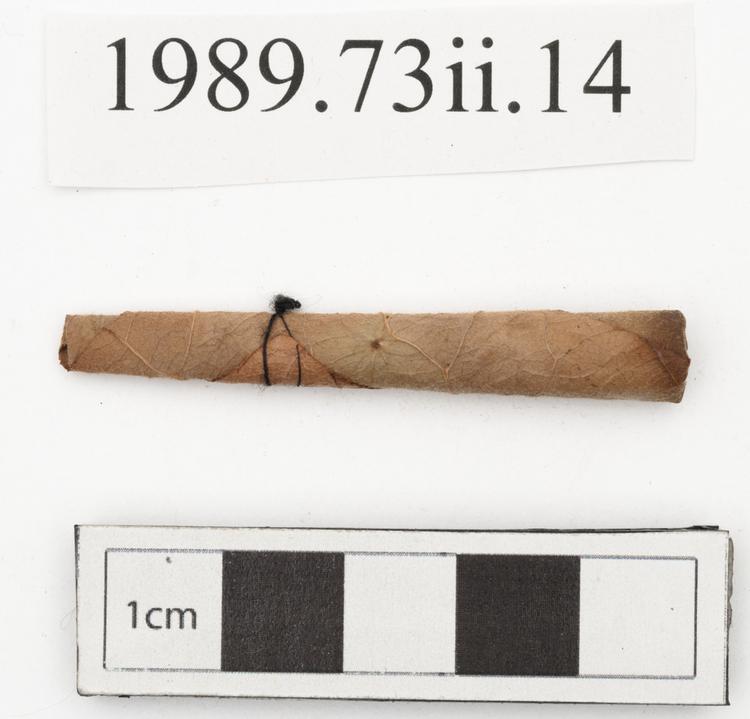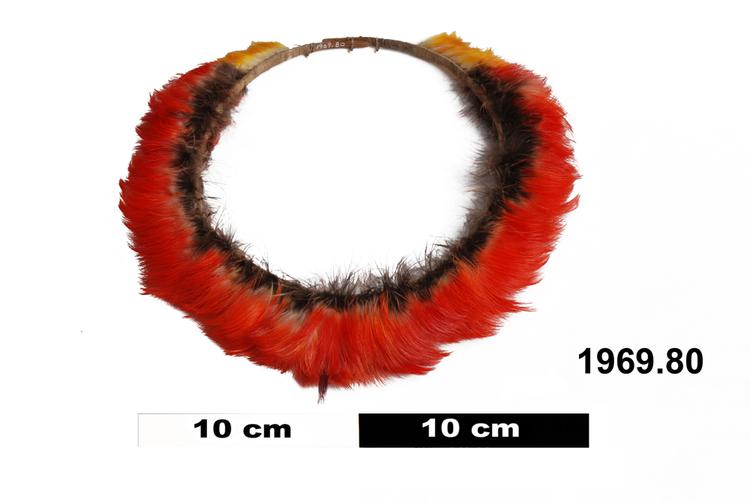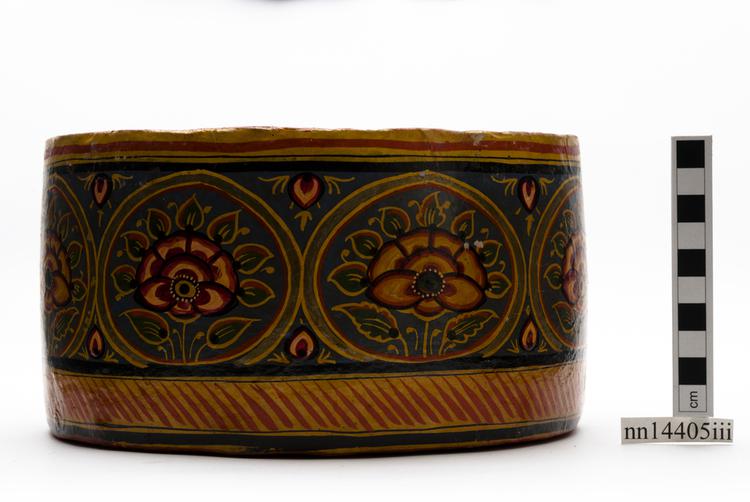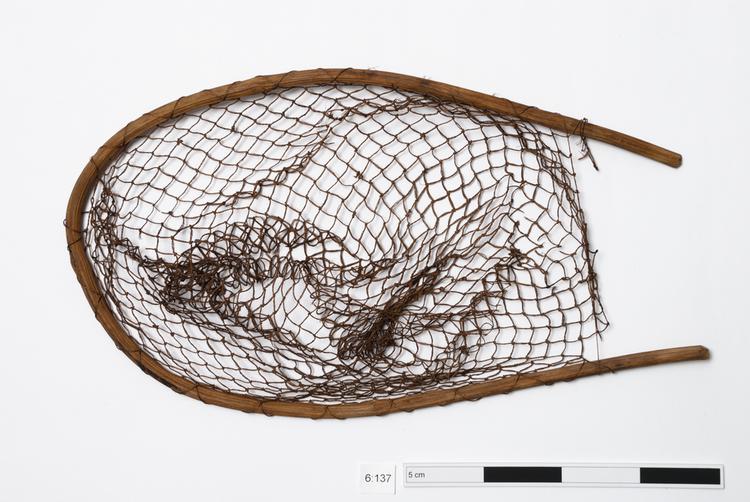
Woman's hand net made from a U shaped piece of wood with a vegetable fibre net bound over the wood.
Woman’s Hand-Net for Fishing, Central Province, Papua New Guinea. In most coastal areas of Oceania, both men and women have traditionally occupied themselves in the business of getting protein from the sea, although usually the sexes take on different kinds of work. This ‘gendered division of labour’ (as anthropologists call it) requires different tools for taking different kinds of prey. This net of coarse rope on a wooden frame is from the southern coast of Central Province in Papua New Guinea. It is a woman’s fishing net for use in the hand, and reflects the general rule of women fishing on foot and inshore (inside and on top of the fringing reef of coral), while men tend to fish from boats outside the reef in deeper waters. Working together to guide the fish into their nets, groups of related women will often equal or exceed the catches of their men-folk. It often seems that the large, deep-sea fish that men catch are given greater cultural importance in societies where both of the sexes fish, and it is worth asking if there is a sexist bias in the way these different kinds of work are valued. Anthropologists working in this region of the Western Pacific have shown that the kind of coastal fishing that women do is much more likely to succeed at all than the deep-sea fishing of men, and that it occupies much less of the women’s time. However, the same studies have found that the times when men make successful catches at sea, the amount of meat they obtain is larger and, as a result of that, men more often share their catch with distant relatives, or trade a surplus of fish with other people for exotic goods. Both kinds of fishing are good, therefore, and complement each other very well. Wood, vegetable fibre. Early 20th Century. Collected in 1904 by the Cooke-Daniels Ethnographical Expedition, and presented to the Horniman Museum in 1906 by Dr. C. G. Seligman.



